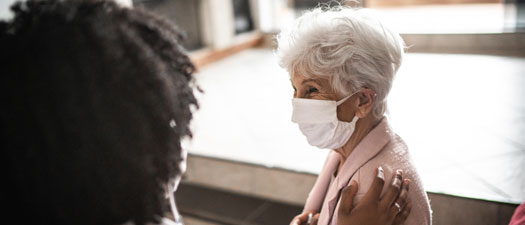A breast biopsy may help your doctor find answers to questions about your health. If a lump or abnormal growth that's not a normal shape is found, your doctor may tell you to have a biopsy.
Types of breast biopsy
-
OR
-
OR
-
OR
-
OR
-
OR
Breast biopsy information
-
OR
-
OR
-
OR
-
OR
-
OR
-
OR
-
OR
Helpful resources
——

Health and wellness
Looking for ways to feel your best? Check out our wellness library and community events.
Top


